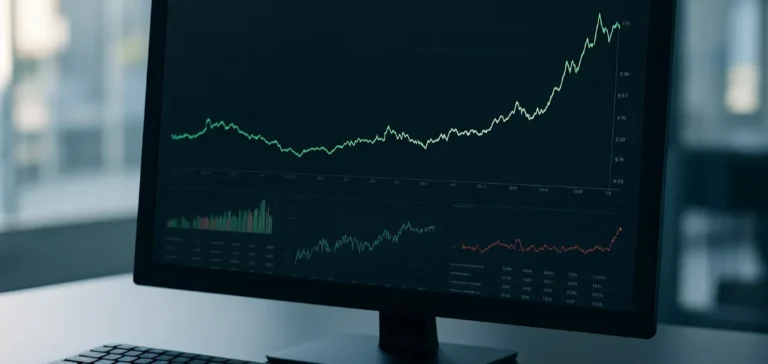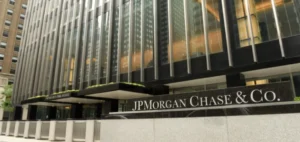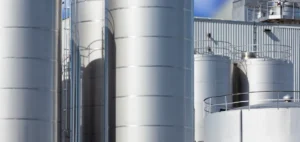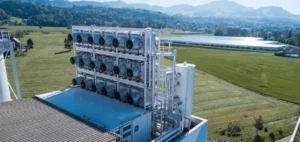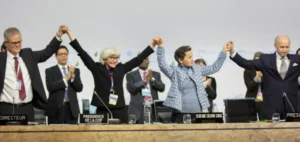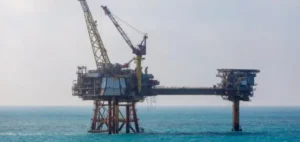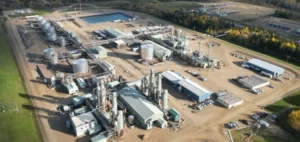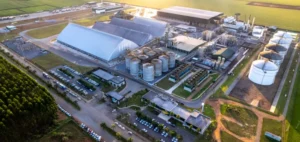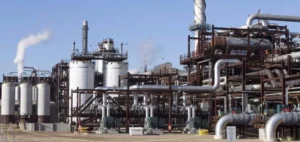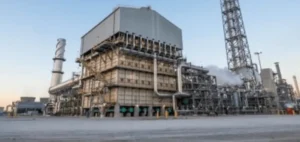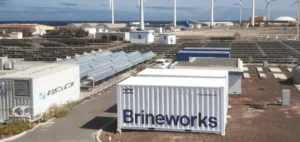Carbon allowance prices under the European Union Emissions Trading System (EU ETS) surpassed €76 per metric ton of carbon dioxide equivalent, reaching their highest level in six months. This move comes amid late purchasing by industrial actors who must surrender their allowances before the end-September deadline. The pressure is reinforced by rising natural gas prices, which increase demand for allowances from the power generation sector.
Rising demand ahead of the deadline
Operators are required to surrender allowances corresponding to their previous year’s emissions by September 30. This annual deadline traditionally triggers intensified trading at the end of summer. For 2025, the situation is particular as the maritime sector participates for the first time in the EU ETS, expanding the base of actors compelled to comply. This extension adds pressure to demand as hedging positions multiply.
Gas storage levels in Europe are also influencing the market. Reserves are lower than the previous year, standing around 78.5% compared with more than 92% at the same period in 2024. This gap fuels an increase in gas prices on the Dutch Title Transfer Facility (TTF) hub, indirectly stimulating the consumption of carbon allowances by power producers seeking alternatives to coal.
Analysts’ expectations
Several analysts observe a gradual shift in fundamentals, moving from a bearish market over the summer to a firmer environment. Recent estimates project prices to remain between €73 and €78 per ton in the fourth quarter, with a potential break above €80 in the first quarter of 2026. These forecasts are based on stronger winter demand and a tightening supply as the annual cap on allowances continues to fall.
Market data also confirm a renewed speculative interest. The latest Commitment of Traders report shows a significant increase in long positions held by investment funds, reaching their highest level in several months. This development reflects growing confidence in price stability and marks a break from the stagnation observed during the summer.
Structural factors in the background
Ongoing regulatory discussions add another layer to the outlook. The European Union has recently launched a consultation on the implementation of the Carbon Border Adjustment Mechanism (CBAM), which will progressively reduce free allocations for certain sectors. The results of this consultation are expected in the fall and could alter the balance between supply and demand for allowances.
At the same time, some member states are advocating for the limited introduction of international credits to ease future market tightness. However, current debates suggest these volumes will remain small and strictly regulated, reinforcing the assumption of a structurally tight market in the coming years. These factors, combined with compliance obligations, explain the current firmness of the market and the bullish projections for the 2025–2026 period.


